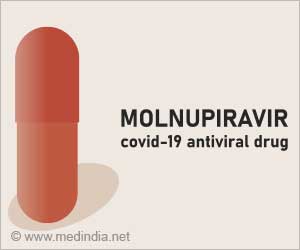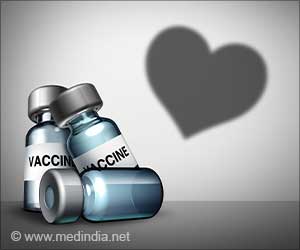
‘The COVID-19 virus continually circulates between people and other animals, making disease control even more costly and difficult.’
Tweet it Now
ACE2 allows COVID-19 virus to enter host cells, and is found in all major vertebrate groups. All vertebrates likely have ACE2 receptors, but sequences were only available for 326 species.To overcome this obstacle, the team developed a machine learning model that combined data on the biological traits of 5,400 mammal species with available data on ACE2. The findings are published in Proceedings of the Royal Society.
The goal is to identify mammal species with high ‘zoonotic capacity’, the ability to become infected with SARS-CoV-2 and transmit it to other animals and people. The method they developed could help extend predictive capacity for disease systems beyond COVID-19.
Co-lead author Ilya Fischhoff, a postdoctoral associate at Cary Institute of Ecosystem Studies, comments, “SARS-CoV-2, the virus that causes COVID-19, originated in an animal before making the jump to people. Now, people have caused spillback infections in a variety of mammals, including those kept in farms, zoos, and even our homes. Knowing which mammals are capable of re-infecting us is vital to preventing spillback infections and dangerous new variants”.
When a virus passes from people to animals and back to people it is called secondary spillover. This phenomenon can accelerate new variants established in humans that are more virulent and less responsive to vaccines.
Advertisement
The team trained their models on a conservative binding strength threshold informed by published ACE2 amino acid sequences of vertebrates, analyzed using a software tool called HADDOCK (High Ambiguity Driven protein-protein DOCKing).
Advertisement
This combined modeling approach predicted zoonotic capacity of mammal species known to transmit with 72% accuracy and identified numerous additional mammal species with the potential to transmit COVID-19.
Predictions matched observed results for white-tailed deer, mink, raccoon dogs, snow leopard, and others.
The model found that the riskiest mammal species were often those that live in disturbed landscapes and proximity to people – including domestic animals, livestock, and animals that are traded and hunted.
The top 10% of high-risk species spanned 13 orders. Primates were predicted to have the highest zoonotic capacity and strongest viral binding among mammal groups. Water buffalo, bred for dairy and farming, had the highest risk among livestock.
The model also predicted high zoonotic potential among live-traded mammals, including macaques, Asiatic black bears, jaguars, and pangolins – highlighting the risks posed by live markets and wildlife trade.
People working near high-risk mammals should take extra precautions to prevent SARS-CoV-2 spread. This includes prioritizing vaccinations among veterinarians, zookeepers, livestock handlers, and other people in regular contact with animals.
Findings can also guide targeted vaccination strategies for at-risk mammals. Later, targeting these species for additional lab validation and field surveillance is critical.
Researchers should also explore underutilized data sources like natural history collections, to fill data gaps about animal and pathogen traits.
More efficient iteration between computational predictions, lab analysis, and animal surveillance will help us better understand what enables spillover, spillback, and secondary transmission – insight that is needed to guide zoonotic pandemic response now and in the future.
Source-Medindia














